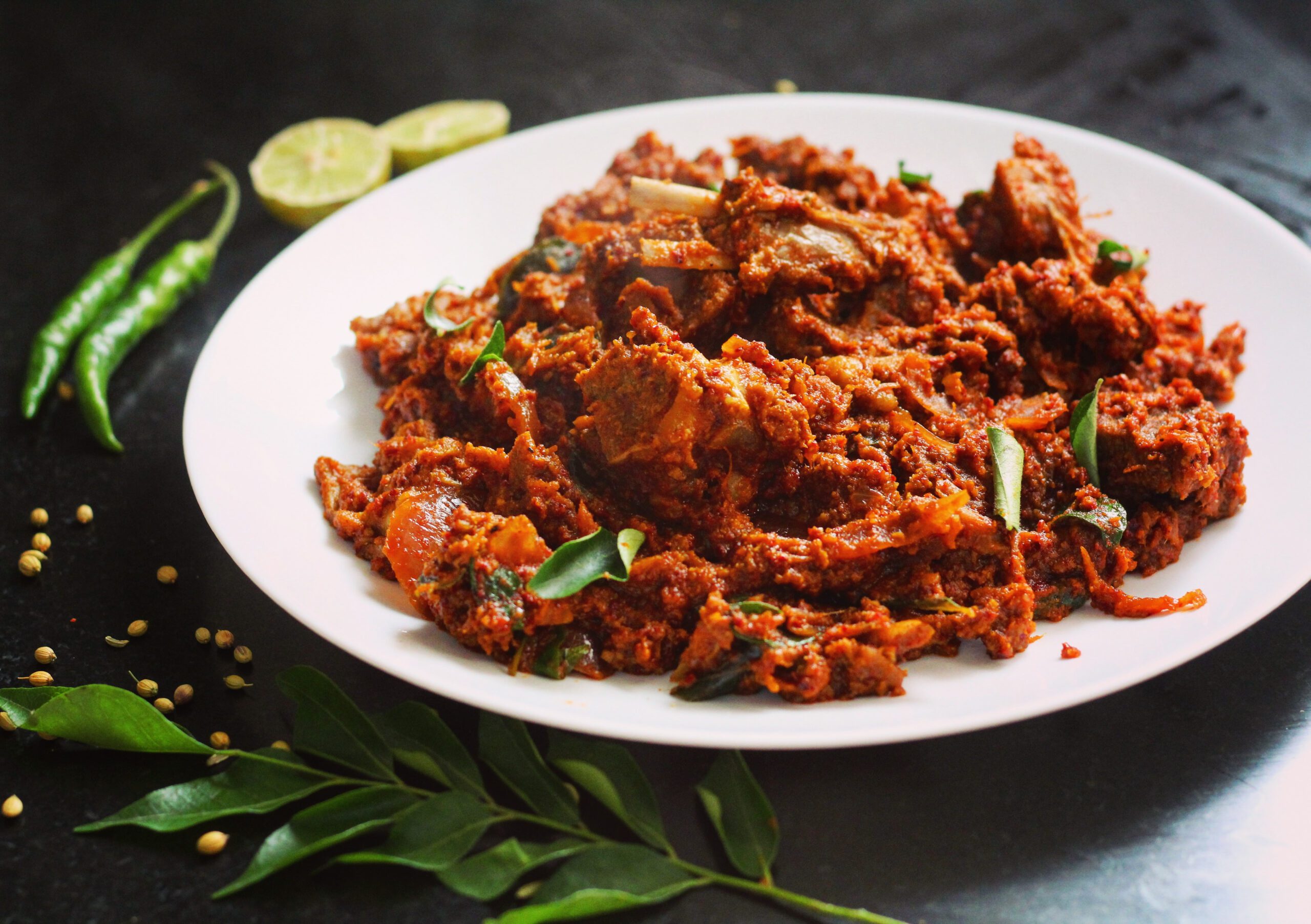

In the food industry, franchising has become one of the most popular business modules. The rise in urbanization, growth in dining out and rapid urbanization are some of the major contributors to the expansion of food court franchises across India. This blog focuses on the world of food court franchising.
Food court franchising involves opening a food outlet in a shared dining area, typically within malls, airports, and other high-footfall locations. There are several advantages in this model such as shared efforts for marketing, steady customer base and lower investments.
The food court scene is vibrant and diverse which offers a mixture of international and local cuisine. With convenient and good quality options for dining , food court franchises are a great opportunity for business due to the mix of local and international cuisines available. Popular segments include fast food, casual dining, coffee shops, and specialty cuisines.
If you are looking for a prime example for successful franchise of food in India then Tandooriwala is a prime example of a successful food franchise in India. Specializing in authentic Indian cuisine, particularly tandoori dishes, Tandooriwala has carved a niche for itself in the competitive food court market.
Tandooriwala offers a flexible franchise model suitable for various formats, including food courts, standalone outlets, and kiosks. The franchise of food package includes:
The initial investment for a Tandooriwala franchise varies based on the format and location. Typically, the investment includes the franchise fee, equipment costs, interior decor, and initial stock. The return on investment (ROI) is promising, with franchisees often breaking even within a year of operation, thanks to the brand’s popularity and high demand for Indian cuisine.
Begin by researching various food court franchises available in India. Look for franchises with a proven track record, strong brand presence, and comprehensive support systems. Consider your budget, interests, and the market demand for the chosen cuisine.
Evaluate the financial requirements, including the initial franchise fee, ongoing royalties, and other costs. Ensure you have a clear understanding of the total investment needed, including working capital for the initial months of operation.
Choose a strategic location with high footfall. Conduct a thorough analysis of the potential locations, considering factors like accessibility, visibility, and competition.
Once you’ve selected a franchise of food and finalized the location, you’ll need to sign a franchise agreement. This legal document outlines the terms and conditions of the franchise relationship, including the rights and responsibilities of both parties.
The franchisor will provide training and support to help you set up your outlet. This includes training in food preparation, customer service, and business operations. You’ll also receive assistance with the outlet’s interior design and layout.
Leverage the franchisor’s marketing support to promote your outlet. Participate in local advertising campaigns, social media promotions, and other marketing activities to attract customers.
Plan a grand opening event to create buzz and attract customers. Offer special promotions, discounts, and free samples to encourage people to try your food.
Food court franchises generally require a lower initial investment compared to standalone restaurants. The shared infrastructure and lower operational costs make it a cost-effective option for aspiring entrepreneurs.
Food courts in malls, airports, and office complexes attract a large number of visitors, providing a steady stream of potential customers. This high footfall translates to higher sales and better profitability.
Food court outlets benefit from the overall marketing efforts of the mall or complex. Events, promotions, and advertising campaigns conducted by the mall management drive foot traffic to the food court, benefiting all outlets.
Food courts attract a diverse customer base, including families, office workers, students, and tourists. This diversity ensures a steady flow of customers throughout the day.
Food courts often house multiple food outlets, leading to intense competition. To stand out, focus on offering high-quality food, excellent customer service, and unique menu items.
Running a food court outlet requires efficient operations to handle high customer volumes, especially during peak hours. Invest in training your staff, streamline processes, and leverage technology to improve operational efficiency.
Maintaining consistency in food quality and service is crucial for customer satisfaction and repeat business. Adhere to the franchisor’s standards and regularly monitor and evaluate your operations.
While the mall’s marketing efforts help drive foot traffic, individual outlets need to engage in their own marketing activities to attract and retain customers. Use social media, loyalty programs, and special promotions to build a loyal customer base.
Food court franchising in India offers a viable and profitable business opportunity for aspiring entrepreneurs. By choosing a reputable franchise like Tandooriwala, understanding the market dynamics, and focusing on delivering an exceptional dining experience, you can establish a successful food court outlet. Whether you are a seasoned entrepreneur or a first-time business owner, the food court franchise model provides a pathway to achieving your business goals in the thriving Indian food industry.